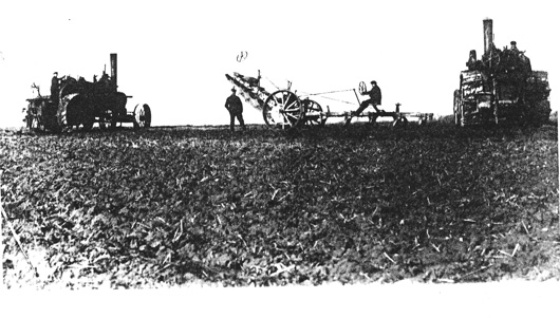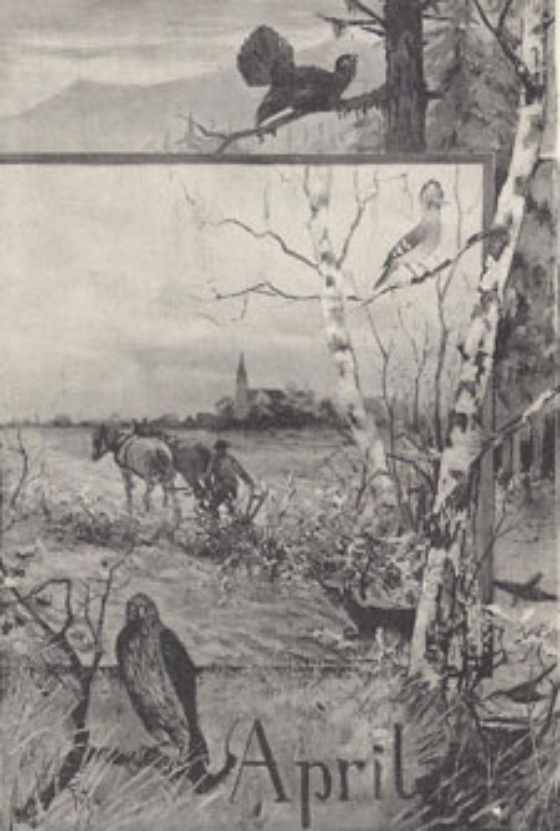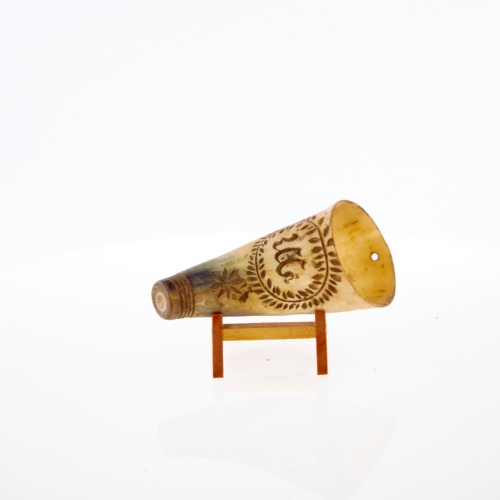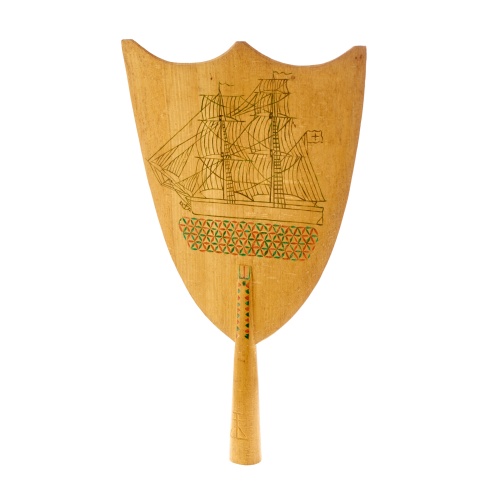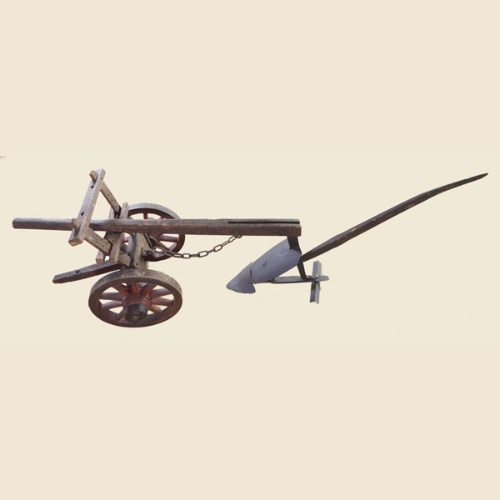In 1862 the inheritance of leases for rural posts in Mecklenburg-Schwerin became law. Farming property was generally created in state farms at the level of small landowners and tenant farmers. They continued to be dependent on secondary occupations. Many of them could not afford to buy their freedom. Their farms went to landowners who intensified arable farming and created large areas of grassland for keeping livestock. Agriculture with properties over 100 hectares was prevalent and showed a high degree of market-based flexibility. The number of machines and large livestock was above the average for the empire.
Ratzeburg, which belonged to Mecklenburg-Strelitz, was an exception to this as the manorial economy showed hardly any development and thus had a relatively strong farming community.
